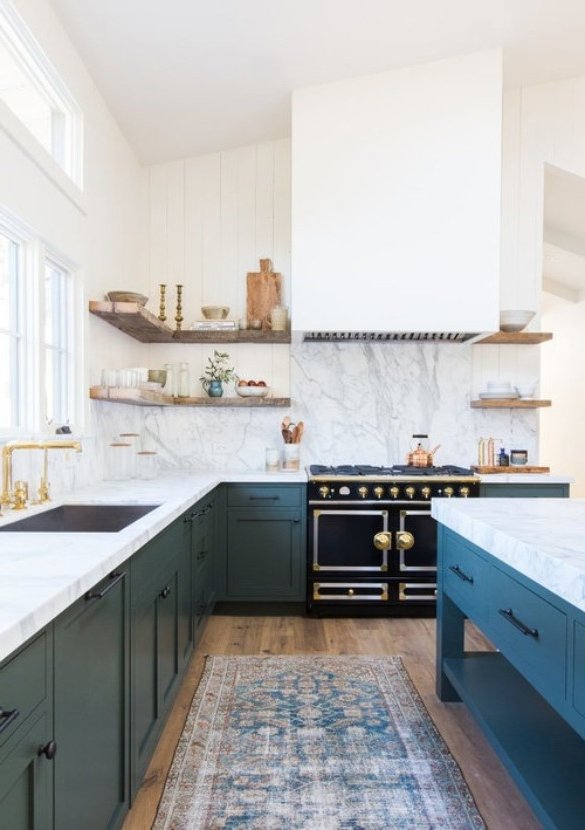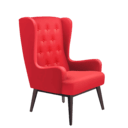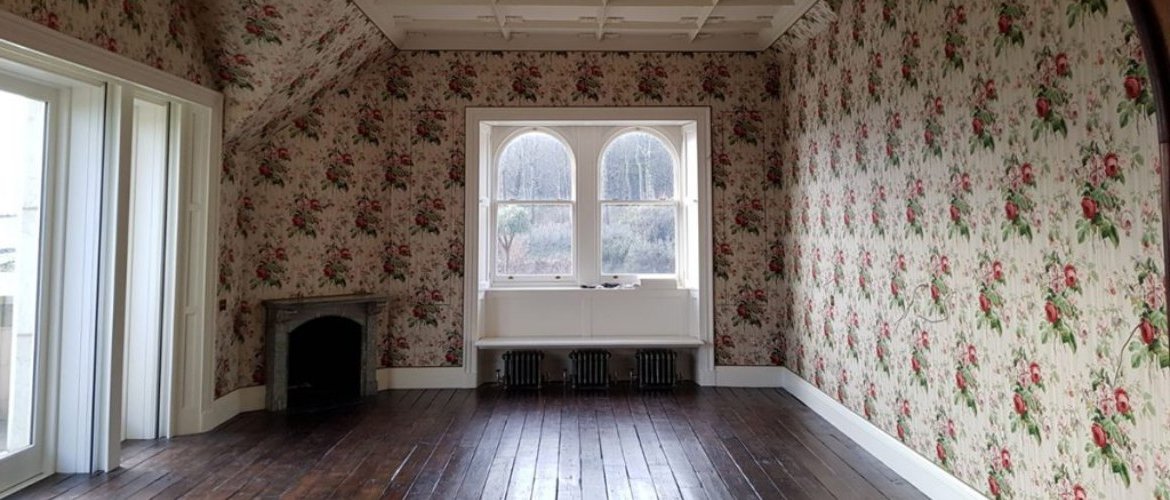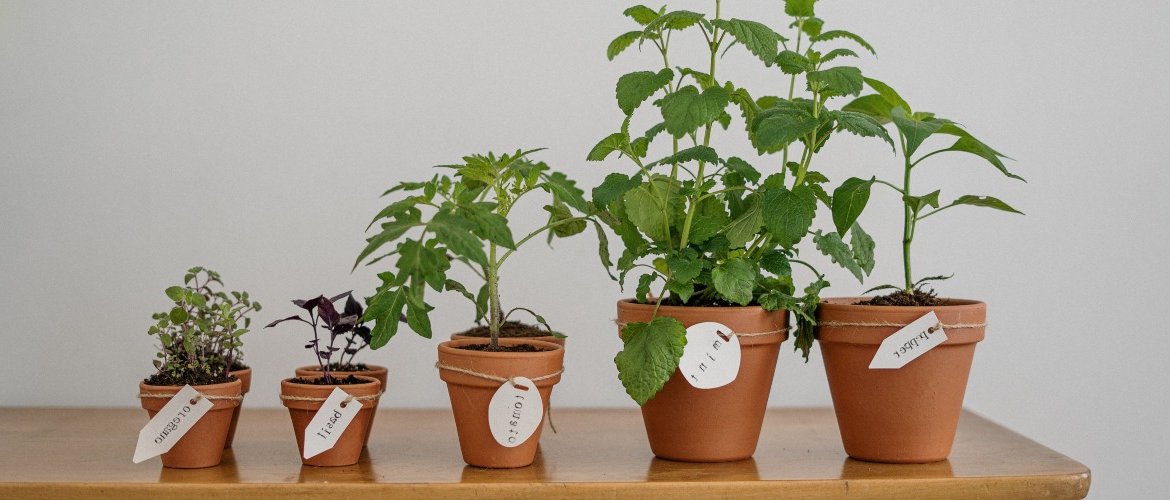Pros and cons of built-in hoods in the kitchen
Cooking is an art, there is no doubt about it. The design of the kitchen can help to develop with guarantees the passion for the stove. Extractor hoods are an essential element of any composition. This combination of filtering and evacuation of air takes many forms. The aesthetic issue thus claims its protagonism making this appliance in an element more within the kitchen decor. Decorative, traditional, remote extraction ... and also the work hoods in the kitchen.

Choosing a built-in hood in the kitchen has pros and cons. Their uniqueness is part of their charm, although their price is higher than other more economical solutions.
The so called built-in hoods in the kitchen are nothing more and nothing less than an alternative to liven up the design, an option that, moreover, is a trend. Although originally these types of proposals evoked the typical village fireplaces, today there are also contemporary designs ideal for all types of environments. In any case, choosing this system also has its pros and cons.
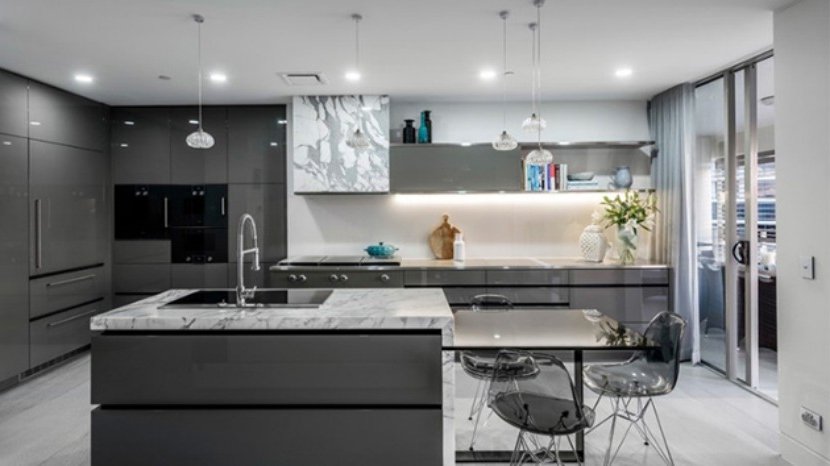
Variety, in terms of design, is one of the advantages of this type of extractor hoods for the kitchen. Wall-to-wall models, for example, are the most similar to those of traditional fireplaces.
Other equally valid options are built-in hoods in an intermediate zone, in a corner, asymmetrical and even free-standing, the latter being ideal for kitchen islands.
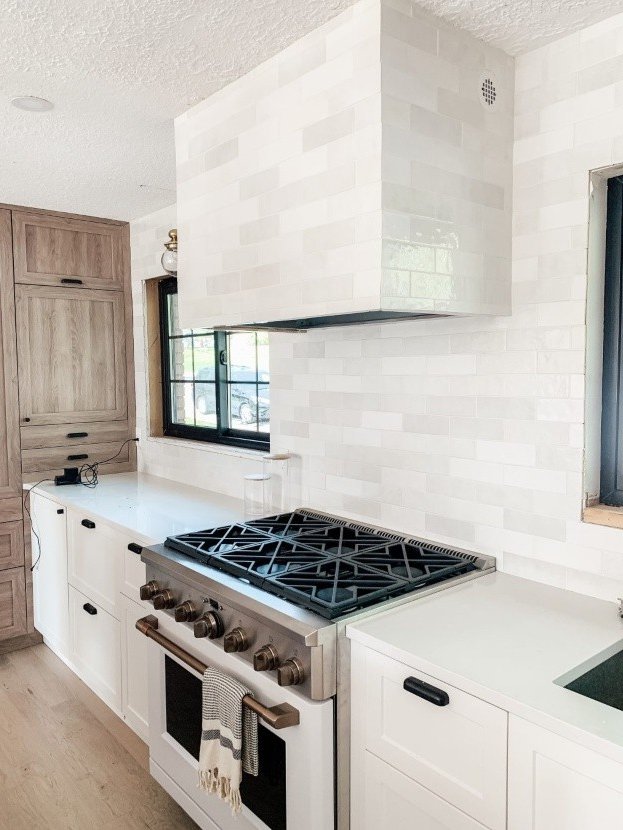
Since it is an element made on a whim, its versatility when it comes to decorating them is also a point in favor of the hoods in the kitchen. The most traditional and minimalist designs opt for pieces wrapped in a smooth plaster body. However, the finishes of the structure are one more resource of the decoration.
Covering the hood with one of the materials included in the kitchen will add charm to the proposal. Wooden beams, tiles, borders? The possibilities are endless.
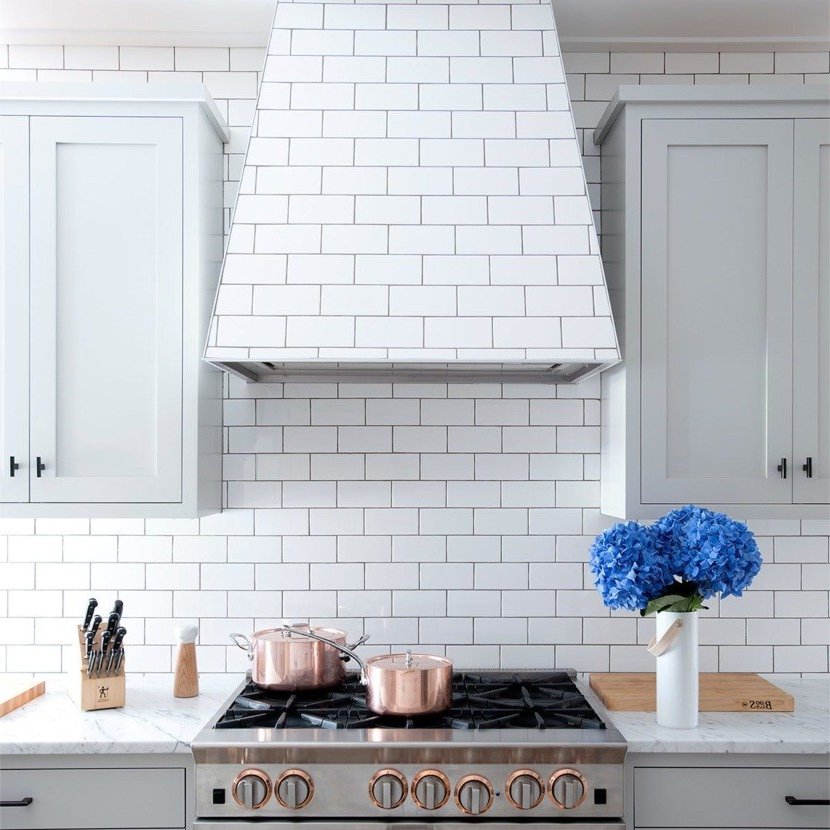
The aesthetic appeal of built-in kitchens in the kitchen is undeniable, as well as one of the benefits of opting for this type of system. Their designs are no longer limited to proposals of rustic or traditional inspiration, but fit perfectly in all types of environments becoming a point of attraction for the eye.
However, if you are looking for a solution that makes this appliance go unnoticed, the built-in hoods are not for you. Although they are more discreet than decorative hoods, they do not reach the level of more traditional solutions.
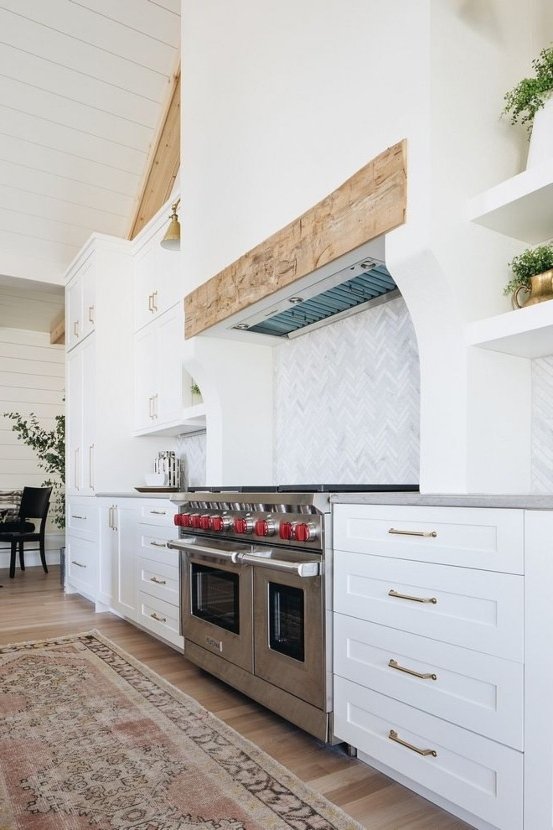
When choosing the hood, it is not only the space, comfort or your tastes that matter. Other aspects such as installation and maintenance must also be taken into account.
Functionality is another chapter in which we can find pros and cons to this system. Generally, built-in hoods integrate extraction solutions with more limited performance than decorative ones. Mainly, if we talk about large spaces. More noise or the need for greater power to obtain identical results can be a handicap of this type of solution.
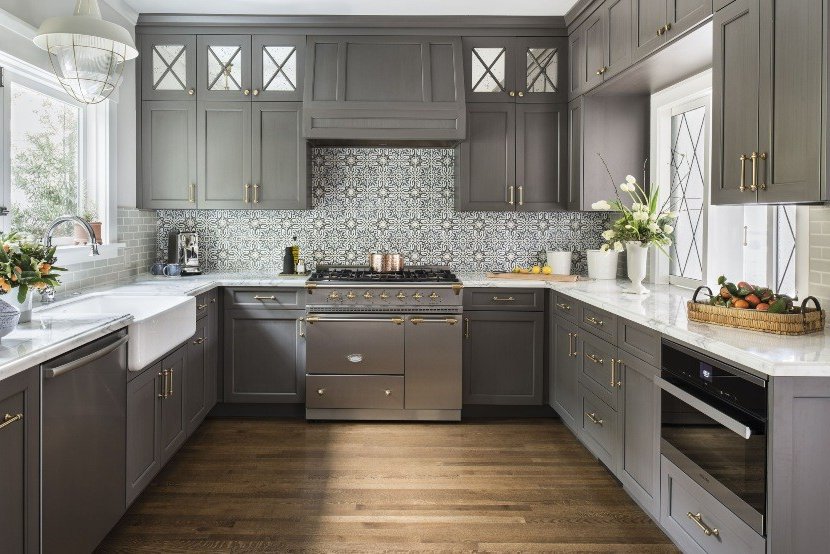
Space can also be another drawback of this type of system. Unlike traditional solutions, built-in hoods require a larger surface area. It depends on it to fulfill not only its practical purpose, but also its more aesthetic dimension.
The most current proposals take the form of designs in which the lines of the hood do not have to pay obeisance to those of the upper cabinets. Shorter, longer but, above all, with more depth, their dimensions make the hood stand out from the rest.
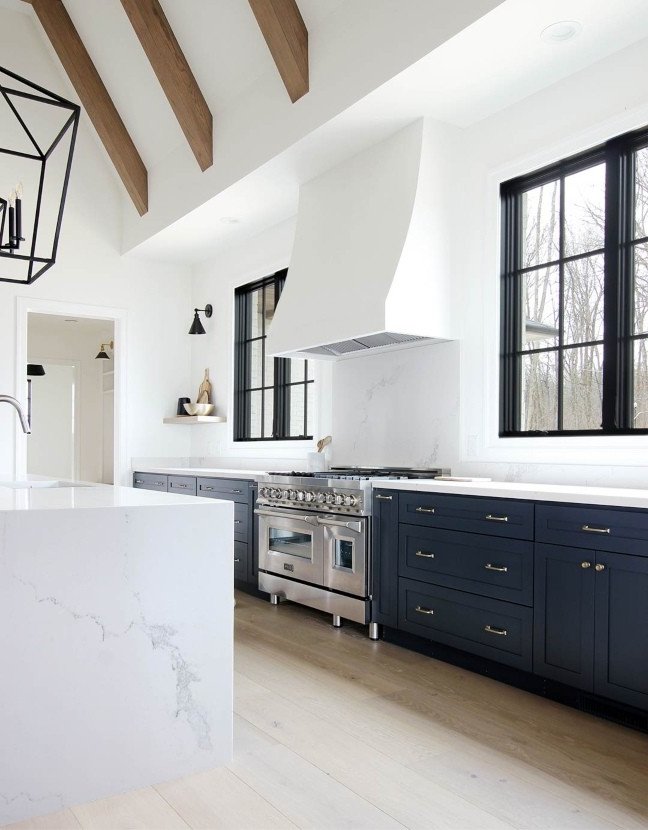
Although decorative hoods are usually more expensive than traditional hoods, if we talk about hoods in the kitchen, things change. The investment required is usually closer to that made if we opt for the former. In any case, the price can be increased or reduced depending on factors such as the size or decoration chosen.
